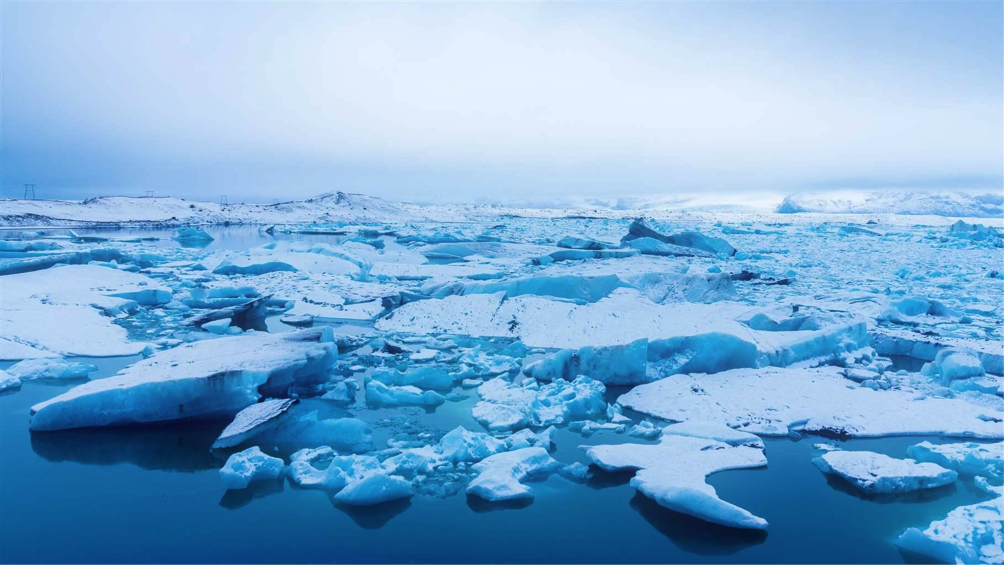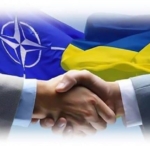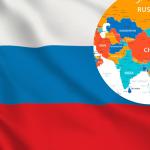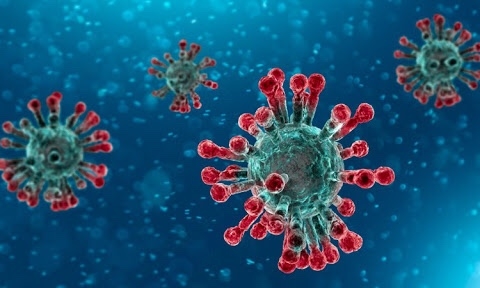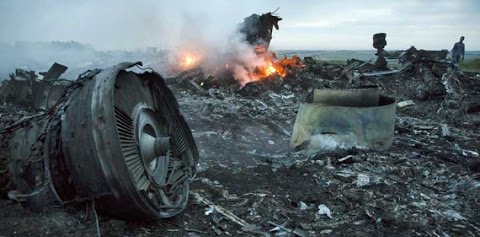March 2020. The world is facing the alarming and disruptive effects of the Coronavirus, proving that distant countries, such as Iran, Italy, China and South Korea, could be linked by the same threat, but also that countries are unprepared to face such a challenge. Governments reacted sluggishly, underestimating the emergency first and trying to recover later when the situation had already worsened. Eyes are all on COVID-19 and countries’ lockdown. However, COVID-19 is just one small piece of what is going on in the world.
Although the attention is (understandably) focused on the spread of the virus and how to contain the phenomenon, other challenges are still there: wars have not stopped, climate change is happening, countries’ rivalry and geopolitical ambitions keep growing. Let’s focus on the last one. Let’s focus on the nation that is still considered one of the main threats to European and world stability: Russia.
On 5thMarch, the Kremlin has delivered its latest strategy for the Arctic, reminding the world that Russia is still competing as a great power with actual and motivated ambitions in the Arctic region. “On the Basics of State Policy of the Russian Federation in the Arctic for the Period until 2035” is the title of the decree signed by President Vladimir Putin and outlining Russian plans to industrialise and exploit the energy resources massively present in the region.
Attention towards the Arctic has increased in the past years. Temperature is rising in the Arctic faster than in other regions in the world. This phenomenon is transforming the landscape, affecting sea ice, permafrost, glaciers and snow cover, thus opening new opportunities in terms of logistics and sea lanes, energy resources and military activities. As a consequence, the region has quickly become a new theatre for great powers’ confrontation.
Russia interests in the region are different in nature: population, transport routes, economic resources and, clearly, geopolitical power.
First, the Russian population in the Arctic region counts roughly 2 million people, around half of the people living in the Arctic worldwide. This factor offers an immediate motivation for Russian eyes in the area, which is to ensure a high quality of life for the population, also boosting private investments in economic activities.
Secondly, the ice melting has paved the way to new opportunities in terms of communication and transport routes. The sea lanes through the Arctic would enable to cut shipping costs from Asia to Europe, allowing to reduce 40% of shipping costs compared to the current routes passing through the Suez Canal. In particular, as a crucial part of Russia’s economic growth in the Arctic, Moscow hopes the Northern Sea Route (NSR) will become one of the world’s most important shipping lanes. The NSR runs from the Barents Sea to the Bering Strait connecting European with Asian markets. If efficiently arranged, the NSR could become a viable alternative—even a rival—to the Suez Canal because it cuts transit time and distance from Europe to East Asia considerably. The cargo volume of transportation along the Northern Sea Route significantly increased in 2019 and amounted to 31.5 million tons, from 19.7 million of 2018, and 10.7 million tons in 2017. However, concerns are vivid over risks of navigation in this area: besides the economic risks related to business projects, traffic through the Arctic route may bring along risks of a collision but also accidental spillage of oil, thus affecting the environment. Furthermore, rescue services are still limited, weather reports are inconsistent, and communication capabilities reduced, thus posing significant challenges and hazards to navigation. The development of the NSR should go along with the delivery of infrastructures and services needed to ensure safe and secure navigation across the region.
But the Arctic is also a land fertile of resources such as energy and raw materials, a great reason for Russia to stretch legs across the region. As population worldwide rises and the industrial activities require more energy for their sustainability, countries are constantly looking for new energy sources to guarantee the survivor of their societies. The abundance of oil, gas and other renewable resources (e.g. water, carbon, hydropower, etc.), then, make the Arctic an attractive territory, although criticism has arisen as the massive industrialisation of the region may worsen the effect of climate change. Russia has been conducting exploratory activities in the Arctic since 1915, being the first country to drill the territory. Important to consider that 20% of Russia’s GDP is generated in the Arctic; hence, as new opportunities arise, Russia would not let other countries to jump in…or at least, would try to.
Moreover, the Arctic is rich in raw materials, which are critical to several industries, including defence. Most of the Western countries are dependent on China for such materials, thus ensuring Beijing a strategic lever. Having access to such materials would provide economic and strategic advantages that Russia is yearning to exploit. Given the abundance of oil reserve, energy resources and raw materials, the Arctic is often referred to as the “New Gulf”; so – you know – first come, first served…
Fourthly, a military perspective. Russia has significantly invested in military activities in its Arctic region, both opening bases and deploying troops. Russian claim for a warm port is nothing new. Moreover, as great powers’ rivalry increases across the globe, nations are looking for new environments where they would be able to affirm their hegemony. If the past, we have progressively experienced the militarisation of air, space and cyberspace domains, the Arctic region is next in line. Whoever country would be able to place its flag on the region would undoubtedly benefit from a strategic advantage. And the multiple military exercises planned in the region might confirm this idea.
Ice Response 2020, for instance, was supposed to be carried out between 2 and 18 March but was cancelled due to the spread of COVID-19. The military exercise was a multinational joint exercise with high-intensity combat scenarios in demanding winter conditions that would have seen NATO countries’ military forces involved together to train against potential Russian aggression. In parallel, on the European soil, Defender Europe 2020, a US-led multinational military exercise involving EU and NATO countries is supposed to take place between April and May. The military exercise is attracting eyes – but also polemics – on the US presence in the region, and the decision to proceed with the schedule of the exercise, despite the pandemic that is afflicting Europe and the entire world. However, COVID-19 is already affecting the deployment of the training. Given the spread of the disease, Italy, for instance, has decided to withdraw from the military exercise. Meanwhile, Russia military planes are landing in Italy, providing decontamination units and army medical staff to support the nation in dealing with the COVID-19.
Useless to say how all these events are feeding conspiracy theories and inevitably highlighting who is doing something and who is turning the back to an ally and strategic partner. No intention to point fingers or to foster such theories. Nevertheless, while dealing with the emergency of COVID-19, we should probably keep an eye on the broader picture, taking into account the additional pieces of the puzzle that are too often overlooked.

